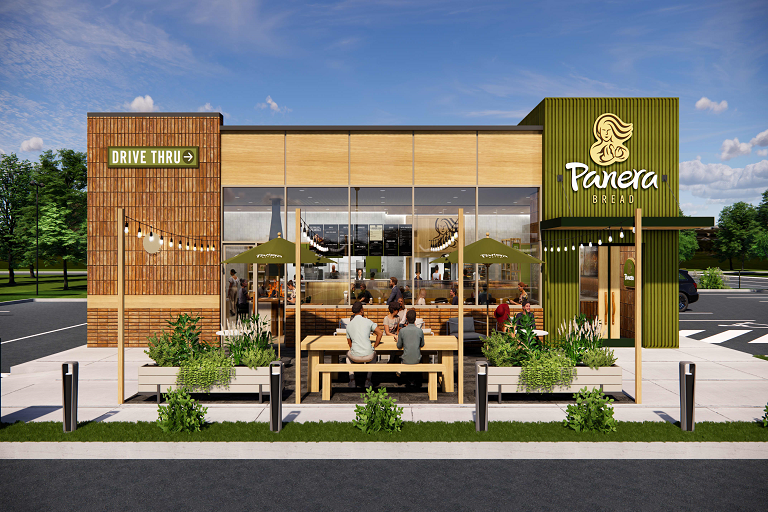
The world of commercial real estate is in a constant state of evolution, adapting to changing consumer preferences and market dynamics. One of the most significant shifts in recent years has been the emergence and growth of retail and Quick Service Restaurants (QSRs) in this sector. As consumers seek convenient and immersive shopping and dining experiences, landlords and developers are reimagining their properties to cater to these demands. In this article, we will explore the factors influencing rents and prime locations for retail and QSRs within the commercial real estate landscape.
Rent Factors for Retail and QSRs
Prime Locations for Retail and QSRs
Conclusion
The emergence of retail and QSRs in commercial real estate is reshaping the industry. Rent factors such as location, size, demographics, and competition all play a pivotal role in determining the cost of leasing commercial space. Prime locations, including shopping malls, high-street retail, mixed-use developments, and fast-food drive-thru locations, offer unique advantages to retailers and QSRs looking to tap into their target markets. As consumer preferences continue to evolve, commercial real estate professionals must remain adaptable to meet the demands of this thriving sector.
Providing Commercial Real Estate Brokerage Services for Chattanooga, Cleveland and Dalton
Office • Retail • Healthcare • Hospitality • Industrial • Warehouse • Land • Multi-Family